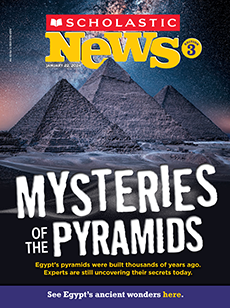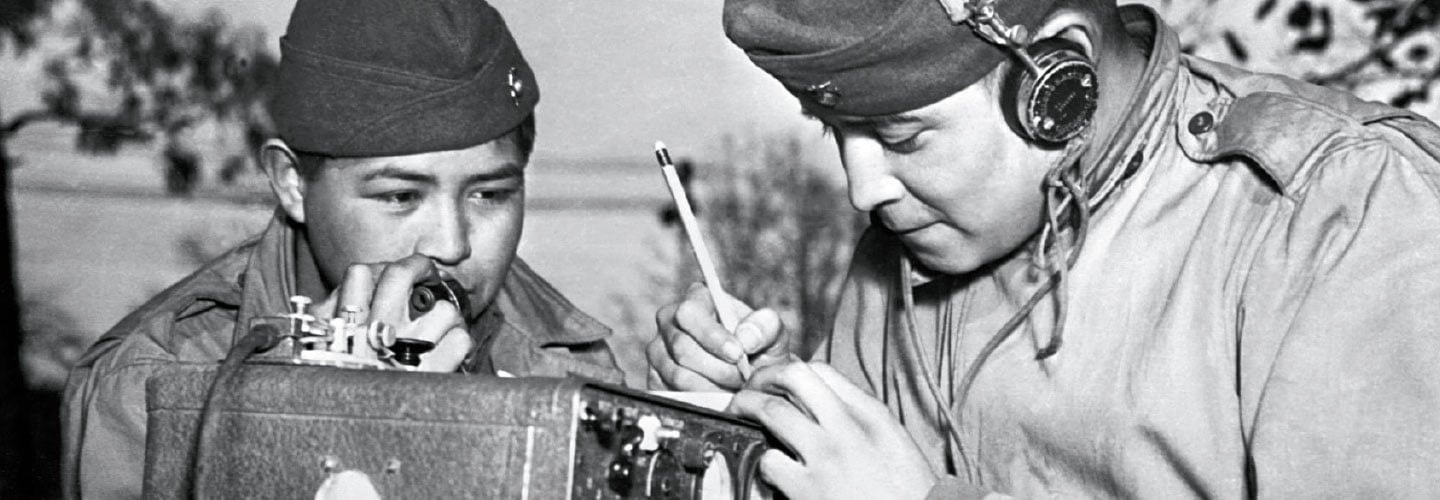The U.S. entered World War II in 1941, after Japan bombed a U.S. Navy base in Hawaii. The U.S. joined allies like Great Britain in a fight to stop Japan, Germany, and Italy from taking over other nations.
During the war, U.S. troops talked to one another over radios. They used codes to share details, like where they were going or where they had seen the enemy. But there was a problem. Enemy troops could sometimes hear them on their own radios. They kept cracking the codes.
“They would know your plans,” explains historian Herman Viola.

